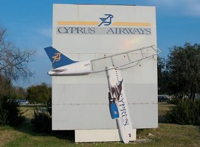 The Superintendent’s panel at EdNet this week featured a discussion about education reform that was like a cold bucket of water to the face.
The Superintendent’s panel at EdNet this week featured a discussion about education reform that was like a cold bucket of water to the face.
The Supers were teaching us about inertia, the tendency of objects to maintain their current state. As Newton himself put it:
The vis insita, or innate force of matter is a power of resisting, by which every body, as much as in it lies, endeavors to preserve in its present state, whether it be of rest, or of moving uniformly forward in a straight line.
The panelists were discussing what will change in the next 5-10 years in education. They were looking globally at the overall system (teacher evaluation, bell schedule, technology, instructional materials, funding flows, etc.). In this context the Superintendent of one of the largest districts in the country (LACOE), in a state (CA) that is experiencing a state of extreme financial distress, stated that she didn’t think anything significant would change until we had a “major crisis.”
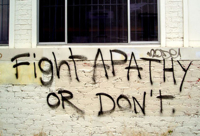 While we hash out what ARRA Stimulus funds mean for education there are larger issues at play in how we allocate public spending on children.
While we hash out what ARRA Stimulus funds mean for education there are larger issues at play in how we allocate public spending on children. The Education Business Blog
The Education Business Blog


 At PCI we are putting the finishing touches on our 2010 budget. The Stimulus funds are creating a particular challenge as we look out over the next 12-24 months. On the one hand there should be plenty of new money in the market next year. On the other, despite ARRA
At PCI we are putting the finishing touches on our 2010 budget. The Stimulus funds are creating a particular challenge as we look out over the next 12-24 months. On the one hand there should be plenty of new money in the market next year. On the other, despite ARRA 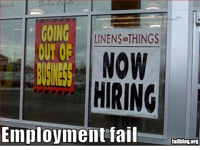 The tribe gathered, bad coffee was drunk, stale muffins were eaten, and we shared insights and guesses about where education technology and publishing are headed in era of tight budgets and ARRA munificence. It was a typical first week of December in New York.
The tribe gathered, bad coffee was drunk, stale muffins were eaten, and we shared insights and guesses about where education technology and publishing are headed in era of tight budgets and ARRA munificence. It was a typical first week of December in New York.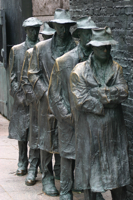 Education jobs fell for the first time since 1959 while enrollments were increasing. There were only three other years in the past 50 years where education employment shrank – and all of them were during periods of declining enrollment as the baby boom petered out.
Education jobs fell for the first time since 1959 while enrollments were increasing. There were only three other years in the past 50 years where education employment shrank – and all of them were during periods of declining enrollment as the baby boom petered out.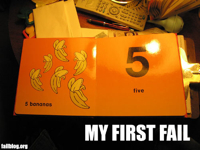 My last post on the difficulty of educational reform got me thinking about that other massive system we are trying to reform – healthcare. One way to understand the healthcare system is to compare it to education – where we have had universal single payer access for over 100 years.
My last post on the difficulty of educational reform got me thinking about that other massive system we are trying to reform – healthcare. One way to understand the healthcare system is to compare it to education – where we have had universal single payer access for over 100 years. The Superintendent’s panel at
The Superintendent’s panel at 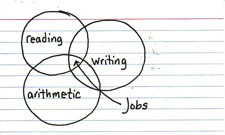 Special Education appears to be the first K12 market segment seeing the education stimulus dollars flow in volume.
Special Education appears to be the first K12 market segment seeing the education stimulus dollars flow in volume. I don’t know if you saw t
I don’t know if you saw t
 At 35,000 feet, with a steaming Starbucks and a purring iPod I read my Grandfather’s memoirs last Wednesday. I’d already put in several hours of work when I decided to crack the sheaf of Xeroxed reflections written three years before he passed in 1964.
At 35,000 feet, with a steaming Starbucks and a purring iPod I read my Grandfather’s memoirs last Wednesday. I’d already put in several hours of work when I decided to crack the sheaf of Xeroxed reflections written three years before he passed in 1964.